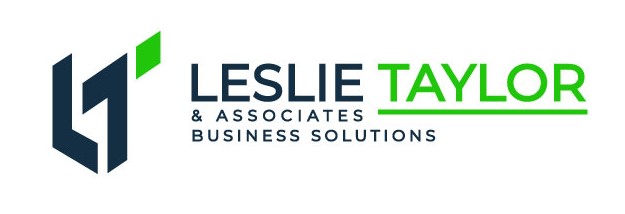When your pricing is right, your business is better positioned to function at its absolute best. You and your team aren’t having to work as hard to be profitable and the business is better able to afford the things it needs to operate effectively. In this blog, I will discuss an additional area that many business owners forget to consider when pricing their goods and services.
Over the past few weeks, I have been stalking a website called Tom’s Guide and begun following accounts such as @mattswider on Twitter to get the latest updates on the PlayStation 5 restocks. In case you haven’t heard, they are a little difficult to acquire right now! This is because Sony cut their production of the units significantly just before the holidays due to component shortages and logistics issues. Lots of kids and adults are anxiously waiting to score one of these consoles. In all honestly, I am kind of excited because I want to play too!
What does all of this have to do with your business and your profits? Keep reading and I’ll explain.
The Covid-19 pandemic created a perfect storm for a dramatic increase in prices across the board by creating labor shortages, component and materials shortages, and disrupting supply chains while demand for many items increased. For consumer items this has meant price increases not just in the things we want, but in the basic goods we need. The result was long waits for items such as the PS5 and price increases.
According to the Bureau of Labor Statistics in 2021:
- Consumer prices as a whole increased 7%
- The cost of used cars and trucks went up 37.3%
- The cost of new vehicles was up 11.8%
- The cost of food increased 6.3%
- The cost of gas increased 49.6%
These numbers are much higher than normal for a given year. However, the truth is that these increases, due to inflation, aren’t new.
What is inflation?
Inflation is a decrease in the purchasing power of money, reflected in a general increase in the prices of goods and services. It means when you go to the grocery store or fill up your car with gas, your money won’t go as far.
The practice in big companies has been to, at a minimum, increase the salaries of employees by about 2% each year to keep up with inflation and the increased cost of living. Even if an employee hadn’t performed at the highest level, they could generally expect about a 1.5- 2% bump. Note to yourself: consider this same practice with your employees as well as with your salary.
What happens in your business when costs increase due to inflation?
First, this is a great reason to keep an eye on your numbers. You don’t want to find out in January or February that your prices increased in the previous year. You also want to know by how much those costs increased collectively because it all adds up quickly!
If the cost of running your business increases, you have three options:
- Do nothing
- Reduce your business’s expenses
- Increase your prices
Doing nothing is an option. Sometimes, this may be the route to take. For example, if you know that some of the cost increases you are experiencing in your business are temporary and won’t last long, then doing nothing may be the route to go. However, if you take no action, you won’t get to keep as much of the money you earn in sales. In the accounting world, this is called margin.
Margin is the difference between your sales income and your expenses. It refers to what is left over after the bills and obligations from operating your business are paid.
Reducing expenses is another option. It can help greatly to reduce costs through the elimination of expenses you don’t need, or those you can negotiate down. Furthermore, automation or optimization of how you do what you do daily can help you cut costs by reducing the time it takes or the amount of labor involved so you recover some or all of your margin. Remember to look for ways to reduce costs that won’t require you to sacrifice the quality of your product or service in ways that are important to your customer.
Increasing prices is the third option. Increasing prices is a more direct method of helping you recover some or all of your margin, but you must consider a few things before making a price change. In November of 2021, I did an Ask Leslie Live Session that was dedicated to pricing and the many things to consider when pricing your services.
Some of the things I shared and you will want to consider include:
- Understanding your target audience
- Understanding the value you are providing from the perspective of your target clients and customers
- Knowing your operating costs and what it costs to provide your service or make your product
- Researching the market and your competition so you know where your offering sits within that market
- Having a thoughtful plan or strategy for communicating your new pricing
If you need help determining which of these options is best for your business, or simply tracking and understanding what is going on in your business, we can help. As a business solutions expert, I have helped dozens of businesses untangle complex issues and clarify a path to greater clarity and more profitability. Let’s schedule a Discovery Session.
If you enjoyed this content and want more of the same, check out my free guide Do This, Not That: 5 Things Keeping Your Business From Reaching Its Fullest Potential where I discuss common barriers to profitability that I observe among most small businesses (and how to fix them).

